Not everyone has the luxury of a backyard or garden space, but that doesn’t mean you have to give up growing your own fresh food. Whether you live in an apartment, a dorm, or simply want to add some greenery to your kitchen, there are plenty of edible plants that thrive in small spaces and containers.
From herbs to veggies and even some fruits, these plants are perfect for windowsills, balconies, or any sunny corner in your home. Growing your own food indoors not only saves money but also guarantees you have fresh, organic ingredients right at your fingertips.
This list of 16 edible plants proves that you don’t need a traditional garden to enjoy the satisfaction of harvesting your own produce. Get ready to turn your living space into a mini edible paradise with plants that are easy to grow, maintain, and love!
Mint
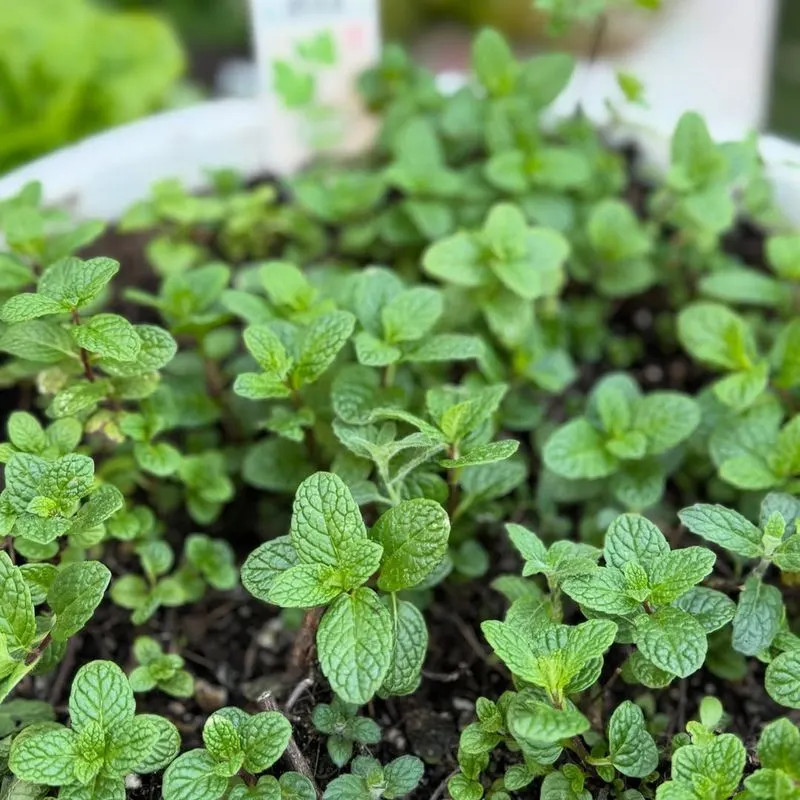
Mint is a refreshing herb that can thrive indoors with minimal care. Its fragrant leaves are perfect for infusions and garnishes. You might recall the soothing aroma of fresh mint tea or the coolness it adds to a summer drink. This adaptable plant can grow in small pots, making it ideal for kitchen counters. Ensure it receives indirect sunlight and regular watering to prevent wilting. Did you know? Mint has been used historically for its medicinal properties, easing digestion and freshening breath.
Basil
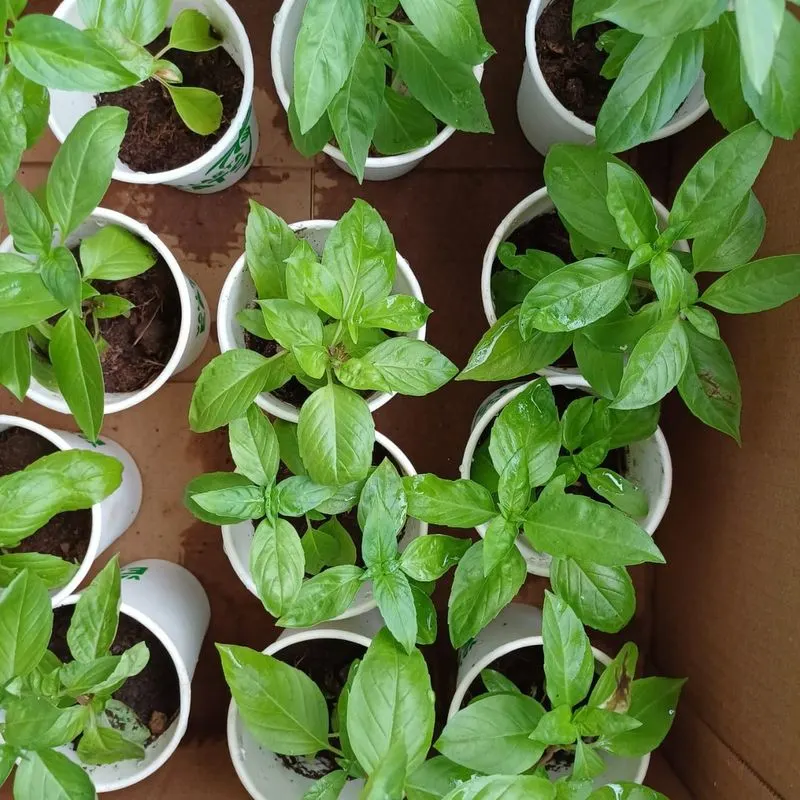
Basil brings a touch of the Mediterranean to your home, known for its aromatic leaves that transform dishes. Picture a homemade pizza or pasta topped with fresh basil leaves—it’s a sensory delight. This plant loves sunlight, so a bright spot is essential. Regular pruning encourages bushy growth, ready for you to harvest. Fun fact: In ancient Greece, basil was considered a symbol of mourning, but today, it’s a culinary favorite worldwide.
Thyme

Imagine the earthy aroma of thyme wafting through your kitchen. This resilient herb can thrive with minimal attention, making it perfect for indoor growing. Thyme’s tiny leaves pack a flavorful punch, enhancing soups, stews, and marinades. Position it near a sunny window, and let its subtle beauty complement your space. Did you know? Thyme has antiseptic qualities and was even used in ancient Egypt for embalming.
Parsley

Parsley isn’t just a garnish; it’s a nutrient powerhouse. Its fresh taste can elevate sauces, salads, and more. This plant prefers indirect sunlight and regular watering to thrive. Picture it on a windowsill, its lush greenery brightening your kitchen. Historically, parsley was used by the ancient Romans not just as food, but also to crown victors of athletic contests. Its resilience makes it a favorite for indoor cultivation.
Chives
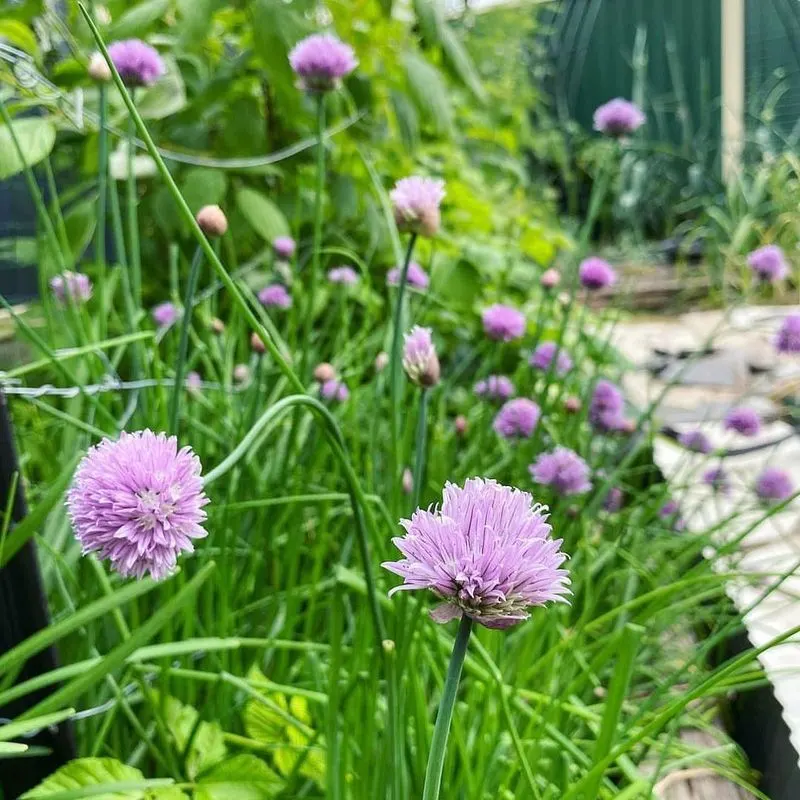
Chives add a mild onion flavor to dishes, and their slender stalks can be easily snipped for garnishes. They’re not just flavorful but also visually appealing, with delicate purple flowers appearing occasionally. Chives thrive with access to sunlight and consistent moisture, making them ideal for a bright windowsill. Fun fact: In medieval Europe, chives were hung to ward off evil spirits and disease.
Oregano
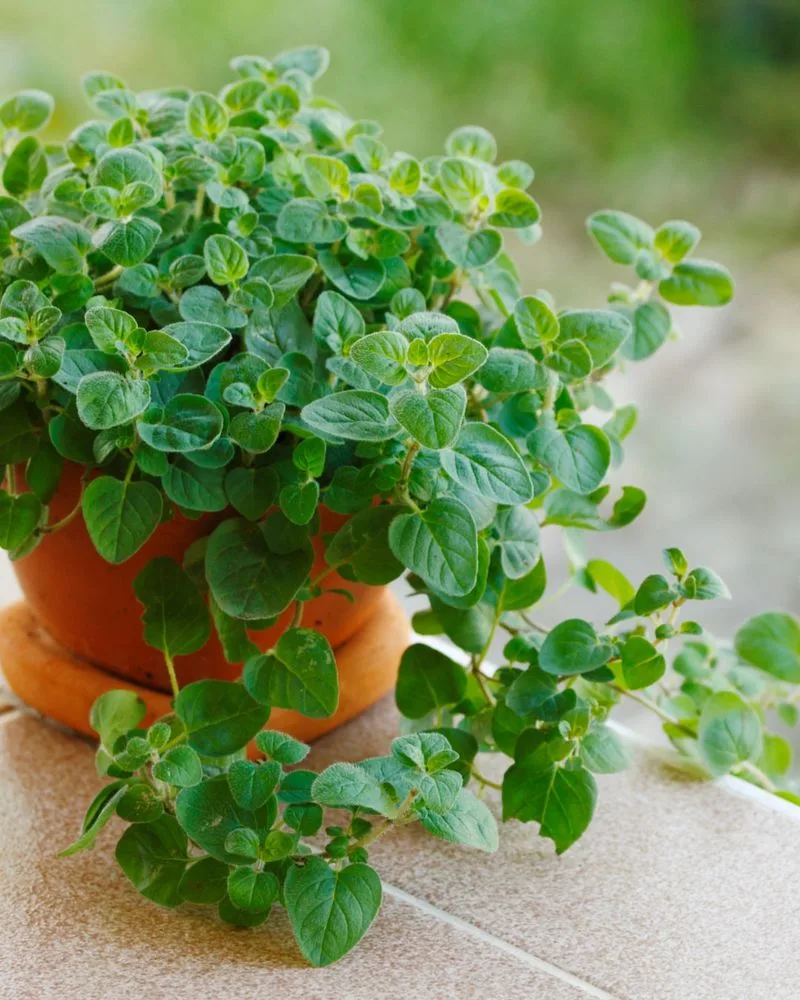
Oregano is a staple in Italian cuisine, known for its robust flavor that enhances pizzas and pasta sauces. This hardy plant can flourish indoors, particularly when placed in a sunny location. Its small leaves and earthy aroma add depth to dishes. Regular harvesting encourages new growth, ensuring a continuous supply. Historically, oregano was believed to bring good luck and health to homes in ancient Greece.
Rosemary
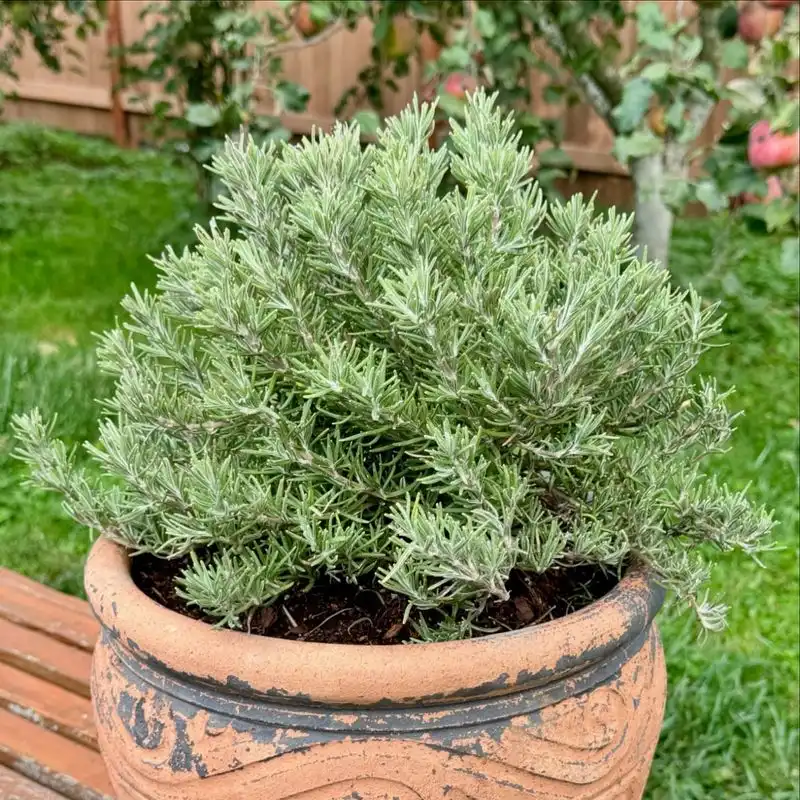
Rosemary offers a piney fragrance that complements meats and vegetables. Its evergreen nature makes it a beautiful year-round addition indoors. Place it where it can bask in sunlight, such as a balcony or a bright windowsill. Did you know? Rosemary was used in ancient weddings as a symbol of love and loyalty. Its aroma and versatility make it a beloved choice for indoor gardeners.
Lettuce
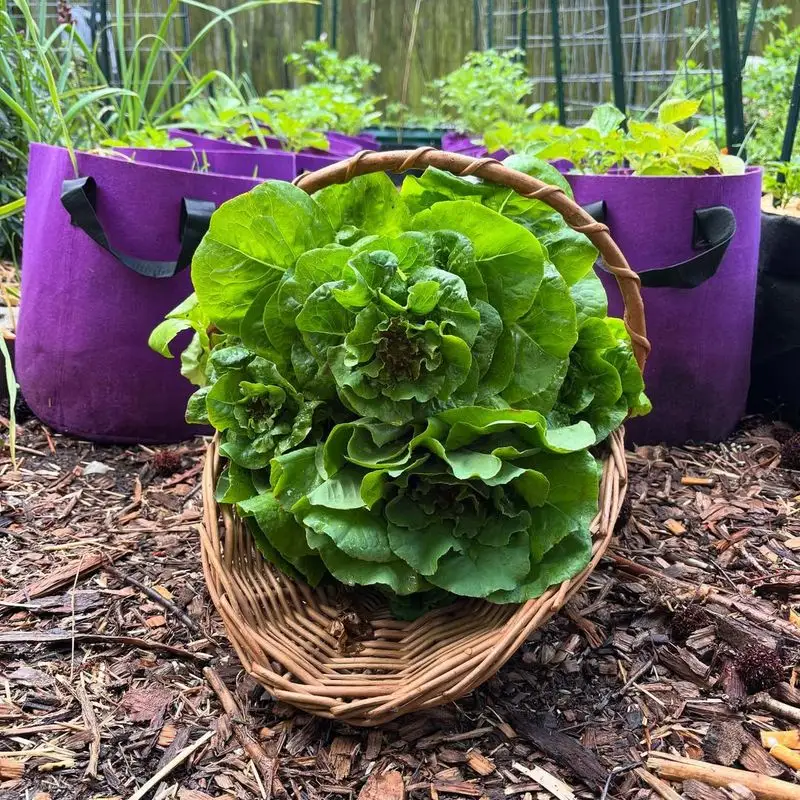
Lettuce is an easy-to-grow leafy green that provides fresh salad greens year-round. Its rapid growth and minimal space requirements make it an ideal indoor plant. Consider a container on your kitchen counter where it can receive indirect light. Harvesting the outer leaves allows for continual growth. Interestingly, lettuce was once a symbol of fertility in ancient Egypt, used in ritualistic ceremonies.
Spinach
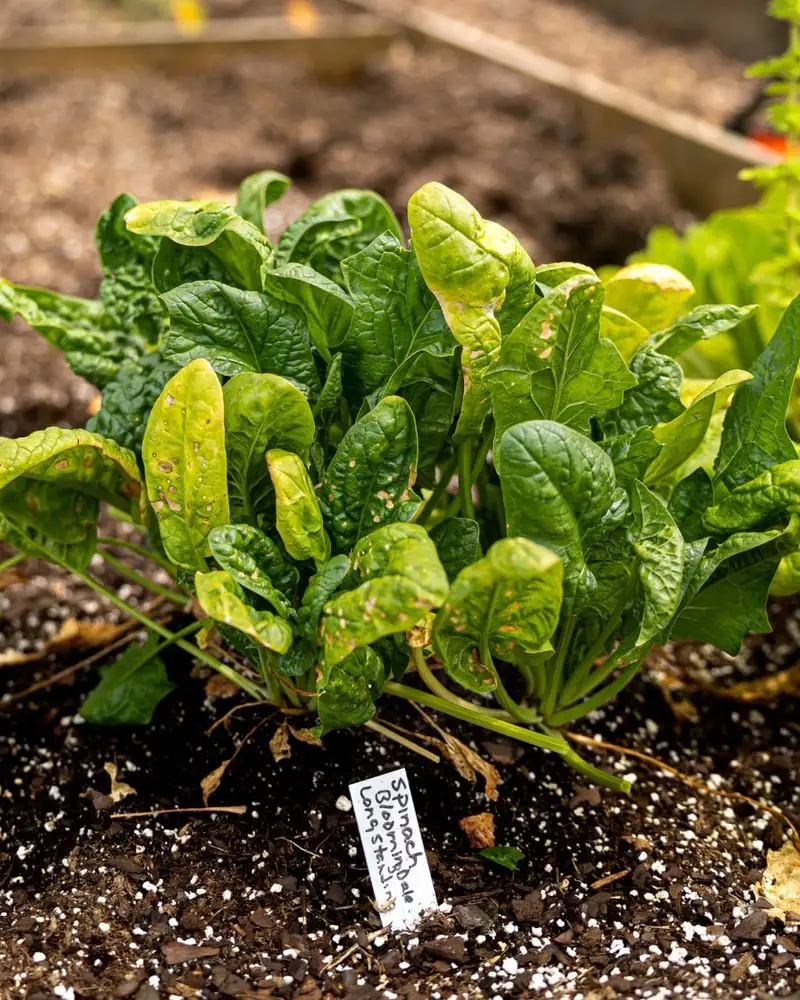
Spinach is a nutrient-rich green that can be grown indoors with ease. Its tender leaves are perfect for salads and smoothies. Spinach requires moderate light and consistent watering. A pot placed on a sunny windowsill works wonders. As you harvest the outer leaves, new ones will grow back quickly. Did you know? Spinach was popularized as a health food by Popeye the Sailor Man, promoting its high iron content.
Kale
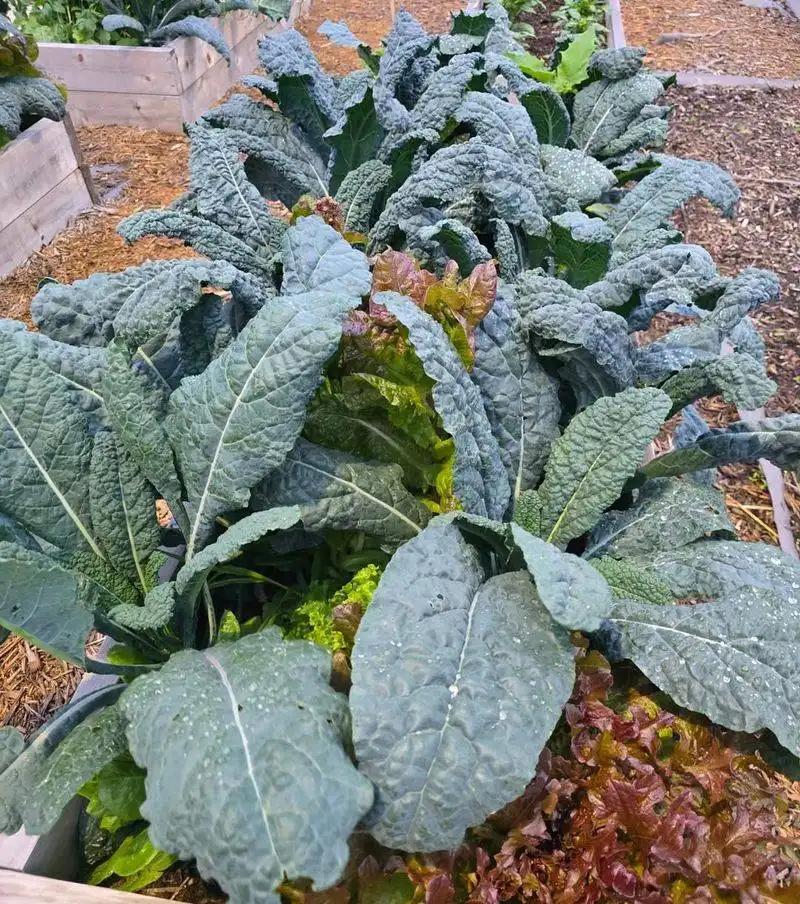
Known for its health benefits, kale is a hardy plant that thrives indoors. Its robust leaves are perfect for a nutritious snack or side dish. Place the plant where it receives plenty of light, such as a sunny balcony. Regular harvesting encourages new growth, ensuring a steady supply. Interestingly, kale was a staple in the diet of Scottish peasants during the Middle Ages, valued for its resilience and nutrition.
Cilantro
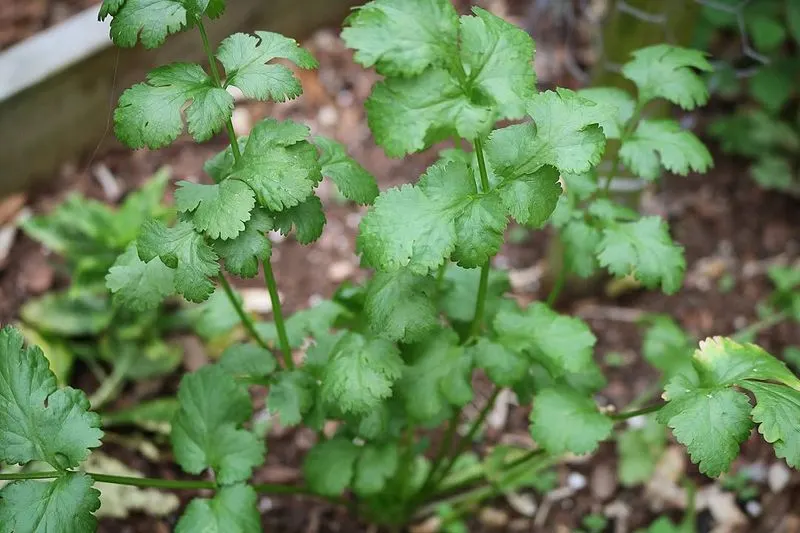
Cilantro is a flavorful herb used in various cuisines to add a fresh, citrusy touch. Its delicate leaves grow quickly, making it an excellent choice for indoor cultivation. Ensure the plant receives bright, indirect light and consistent moisture. Harvesting the leaves encourages bushy growth. Fun fact: Cilantro is one of the oldest herbs, with evidence of its use dating back to ancient Egypt and China.
Green Onions
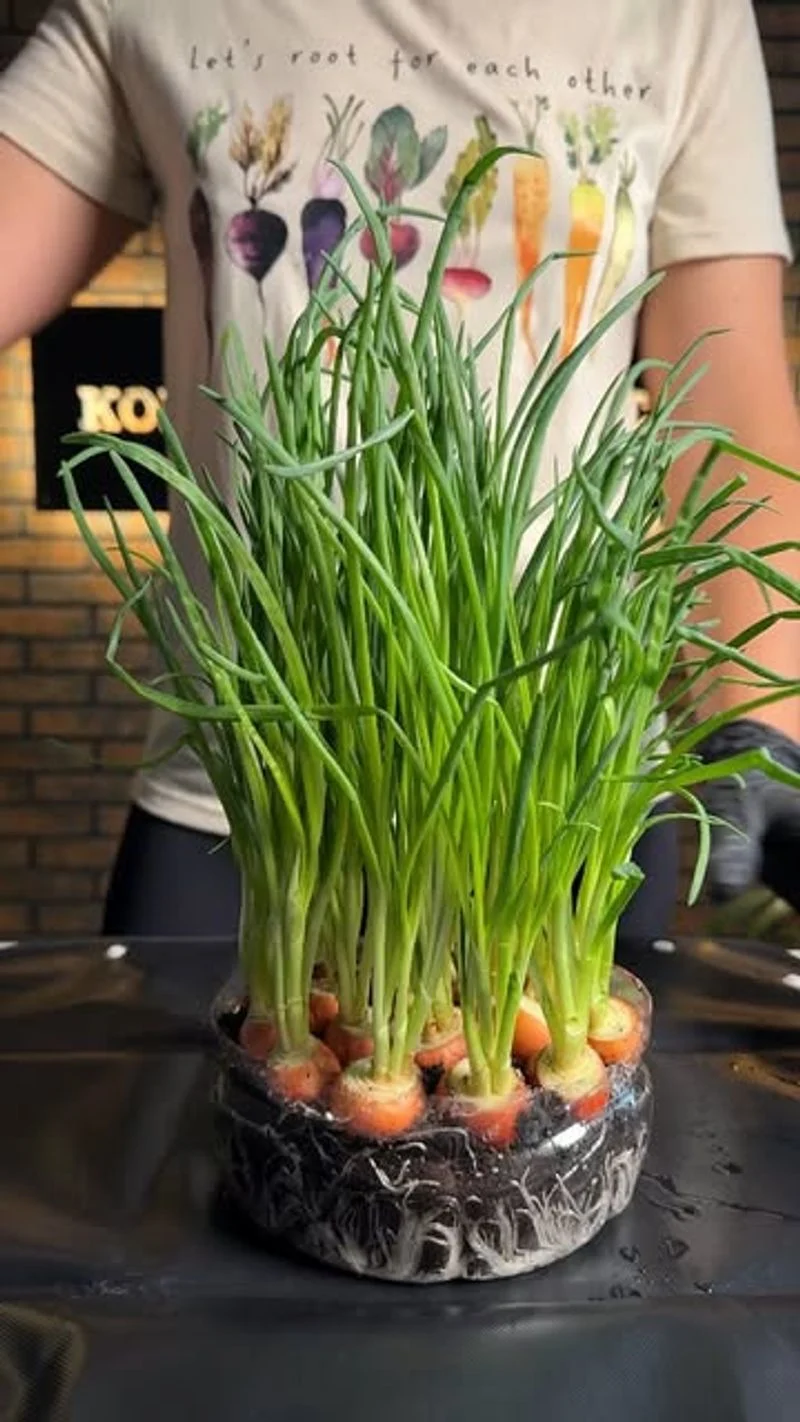
Green onions, or scallions, are a versatile kitchen staple that can regrow from leftover roots. Placing them in a glass of water allows them to thrive on a windowsill. Their mild flavor enhances salads and soups. This simple method ensures a continuous supply of fresh produce. Did you know? Green onions have been cultivated for over 5,000 years, prized for their flavor and medicinal properties in ancient civilizations.
Ginger

Ginger is not just a spice but a plant that can easily be grown indoors. Its rhizomes add zest to dishes and soothing teas. Plant ginger in a pot with well-draining soil and place it in warm, indirect light. The striking leaves make a lovely indoor plant. With patience, you’ll find new ginger roots ready to harvest. Historically, ginger was used in medieval Europe to mask the taste of preserved meat.
Mushrooms
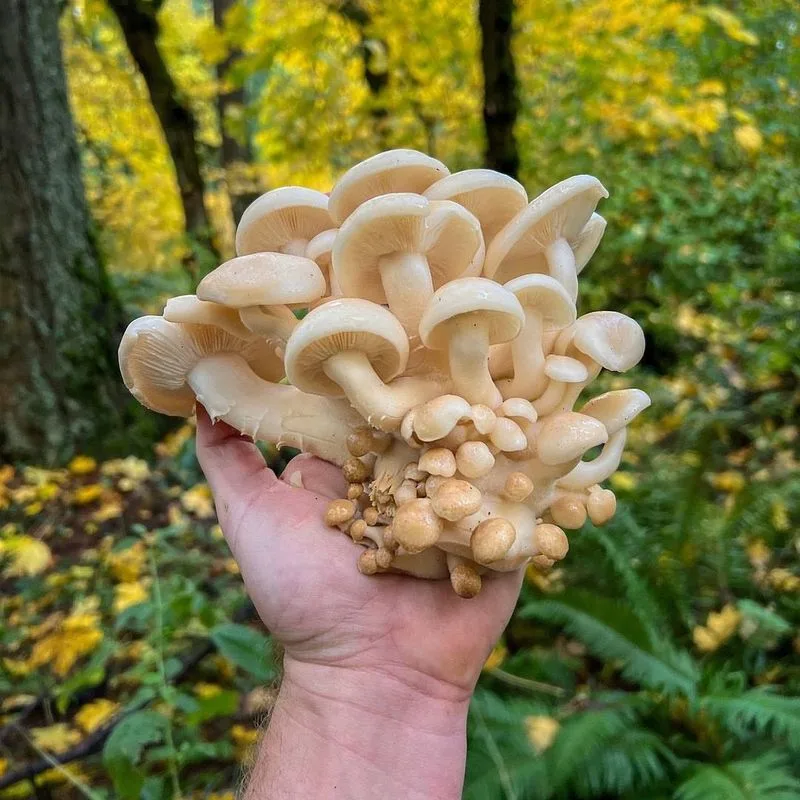
Mushrooms bring umami richness to dishes, and they’re surprisingly easy to grow indoors. A mushroom kit provides everything you need to start your mini-farm. Place it in a dark, humid spot and watch as they thrive. Harvesting is simple and rewarding. Did you know? Mushrooms were considered a delicacy in ancient Rome, reserved for the elite and used in feasts to impress guests.
Peppers

Peppers add color and spice to any dish, and they can flourish indoors with the right care. Choose a sunny spot and use a pot that provides good drainage. Regular watering and feeding promote growth and fruit production. Whether you prefer sweet or spicy, there’s a pepper variety for you. Interestingly, peppers are one of the oldest cultivated plants in the Americas, with a history dating back thousands of years.
Cherry Tomatoes

Cherry tomatoes bring a burst of flavor and color to salads and snacks. These small fruits can be grown indoors with a bit of sunshine and care. Opt for a hanging basket or large container that receives plenty of light. Regular watering and occasional feeding ensure a fruitful harvest. Fun fact: The tomato was once considered poisonous in Europe, feared for its relation to the deadly nightshade plant.

